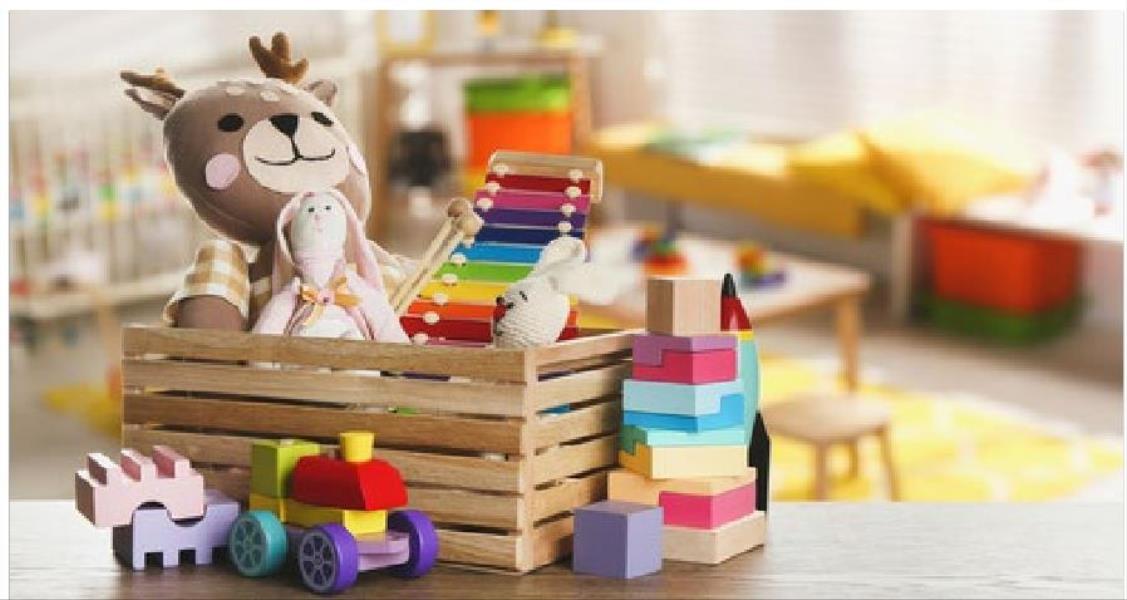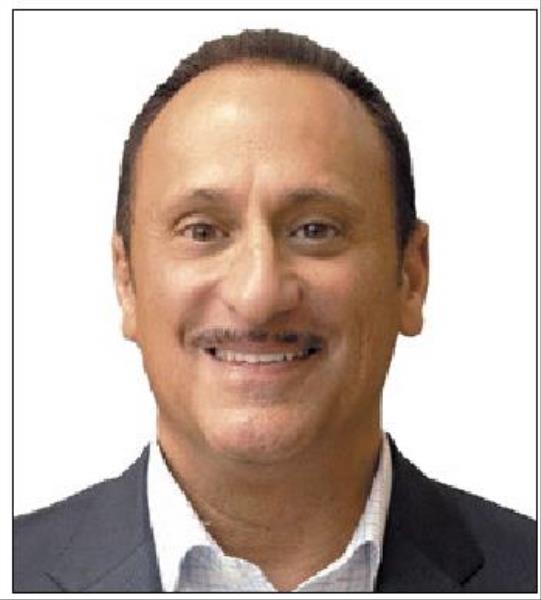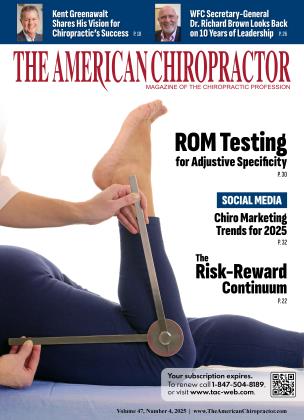
Creating a child-friendly chiropractic practice is essential for building trust with young patients and their parents. A welcoming environment, tailored communication, and gentle techniques can help chiropractors attract and retain pediatric patients while fostering positive associations with chiropractic care.
The physical space of a clinic plays a crucial role in making children feel comfortable. Research has shown that color psychology impacts mood and behavior (Kiiller et al., 2009). Soft pastels and bright, cheerful colors can create a sense of calm and engagement, reducing anxiety in young patients. Play areas with books, toys, and interactive activities can also help children feel at ease before their appointment.
Chiropractors should use age-appropriate language when explaining adjustments. Engaging with children on their level — using metaphors like “helping your spine be happy” or demonstrating adjustments on a toy — can alleviate fear. Parents should also be educated on the benefits of chiropractic care for children, reinforcing confidence in treatment.
Many children (and their parents) may be apprehensive about manual spinal adjustments. Instrument-assisted techniques allow for precise and gentle force application, which has been shown to be effective in pediatric chiropractic care (Holt et al., 2009). These tools can make the adjustment process less intimidating for children.
Working with pediatricians and family health practitioners can increase referrals and build credibility. Building strong relationships with pediatricians and family health practitioners can enhance credibility and increase patient referrals by positioning chiropractic care as a complementary health service.
Chiropractors should engage in professional networking by attending local medical conferences, offering lunchand-learn sessions, and providing evidence-based research on pediatric chiropractic benefits. Additionally, developing referral programs, sharing case studies, and maintaining open communication with healthcare providers can foster trust and encourage collaboration, ultimately leading to more pediatric referrals and a stronger reputation within the medical community.
By implementing these strategies, chiropractors can create a welcoming, engaging practice that encourages children to experience the lifelong benefits of chiropractic care.

Dr. Moe Pisciottano is the CEO of the Pro-Adjuster Group and has been a practicing chiropractor in Pittsburgh, Pennsylvania, for 35 'years. Dr. Pisciottano is the first and only chiropractor to receive the coveted Ernst and Young Entrepreneur of the Year award. To learn more, visit www.learnproadjuster.com.
References
1. Kiiller R, Mikellidesc B, Janssens J. Color, arousal, and performance: a comparison of three experiments. Color Research and Application. 2009;34(2): 141-152. https://doi. org/10.1002/col.20476
2. Holt KR, Russell DG, Cooperstein R, Young K, Ribley MD. Effectiveness of instrument-assisted adjustments in pediatric chiropractic care. Journal of Manipulative and Physiological Therapeutics. 2009;32(8):675-682.
 View Full Issue
View Full Issue






